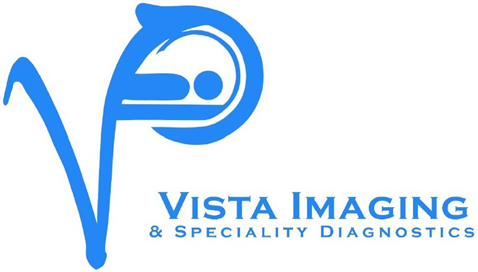Liver health is crucial since the liver handles key jobs like detoxifying and processing nutrients. An exciting tool called elastography for liver helps check its health. It’s a simple, non-invasive way to get a sense of what’s happening inside the liver. This blog will walk you through what elastography is, the types available, and why it’s important. We will also explore how to get ready for the test, what the procedure entails, and how to understand the results, aiming to protect your liver better.
Introduction to Liver Elastography
Elastography for liver is a safe method to learn about liver health without surgery. It works by measuring liver stiffness, which can show if there is liver scarring or fibrosis. Scarring in the liver isn’t good and can mean health problems. Elastography helps spot stiffness, giving doctors clues about liver conditions early on, making handling them much easier.
Types of Liver Elastography
There are two main types of elastography for liver: Transient Elastography (also known as FibroScan) and Magnetic Resonance Elastography (MRE).
- Transient Elastography (FibroScan):
- Most common test, works like an ultrasound.
- Quick and done in a doctor’s office.
- Magnetic Resonance Elastography (MRE):
- Uses magnetic resonance imaging (MRI) technology.
- Offers a more detailed liver scan but is usually more expensive.
These methods provide unique insights, suiting different patient needs.
Importance of Liver Elastography
Why should we care about elastography for liver? Here are a few key reasons:
- Diagnosing Liver Fibrosis: It helps see how much fibrosis or scarring is in the liver, which is crucial for understanding liver issues.
- Monitoring Treatment Progress: Doctors can watch how treatments are working over time, making it easier to adjust plans.
- Preventing Complications: Early detection of issues helps catch potential problems sooner, reducing risks of severe liver diseases.
A healthy liver means a healthier life, and elastography aids in maintaining that balance.
Preparing for Your Elastography Test
Preparation is straightforward. Here’s how to get ready:
- Fasting: You might need to skip food for a few hours.
- Clothing: Wear comfortable, loose clothing for ease during the procedure.
- Medication: Check with your doctor about taking medicines before the test.
Being mentally ready will also help reduce any worries or stress about the procedure.
Navigating the Elastography Procedure
Here’s what happens during the elastography for liver procedure:
- Lie comfortably on a table.
- A small device is pressed against your skin.
- It sends gentle vibrations and measures wave speed through the liver.
You might feel slight vibrations, but there’s usually no pain. Post-test care is minimal; you can return to daily activities straight away.
Deciphering Your Elastography Results
Understanding the results is key to liver health management:
- Liver Stiffness Scores: Higher scores might indicate more stiffness.
- Fibrosis Categories: Results tell if you have little, moderate, or significant fibrosis.
Your doctor will explain what these numbers mean for your liver health.
Who Should Get Tested?
Wondering if you need an elastography? Here are symptoms and risk factors to watch for:
- Risk Factors: Overweight spots, excessive alcohol use, or family history of liver disease.
- Symptoms: Fatigue, yellow skin (jaundice), or swelling in the abdomen.
Doctors recommend elastography for those showing these signs or risk factors.
Limitations and Considerations
It’s important to know that elastography for liver isn’t for everyone:
- Unsuitable Candidates: May not work well for very obese people or those with certain medical implants.
- Result Factors: Results can vary due to body composition or less experienced technicians.
Alternative methods might be needed in some cases.
Advancements and the Future of Liver Elastography
Exciting times lie ahead for liver diagnostics:
- Technological Progress: New devices are becoming more accurate, making tests quicker and simpler.
- Research Gains: Studies are ongoing, promising more insights into liver diseases through non-invasive testing.
Hopefully, these advancements will lead to even better liver care options.
Conclusion: Embracing Elastography for Better Liver Health
Elastography for liver is a game-changer in keeping track of liver health. It’s non-invasive, accurate, and helps with early detection of liver problems. Prioritizing liver health is key to living well, and understanding elastography helps us stay proactive.
Helpful Resources for Liver Health
Here are ways to make the most of elastography tests:
- Questions for Healthcare Providers: Prepare questions about your liver health before visiting the doctor.
- Finding Support: Online resources and support groups can offer additional information and comfort.
Staying informed is crucial in maintaining good liver health, and many resources are readily available.
Schedule your scan today at Vista Imaging!


